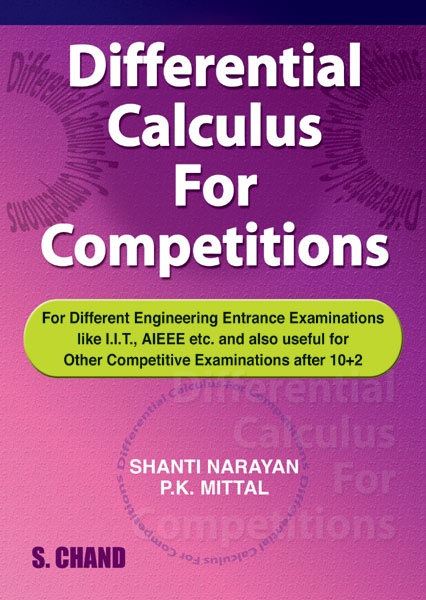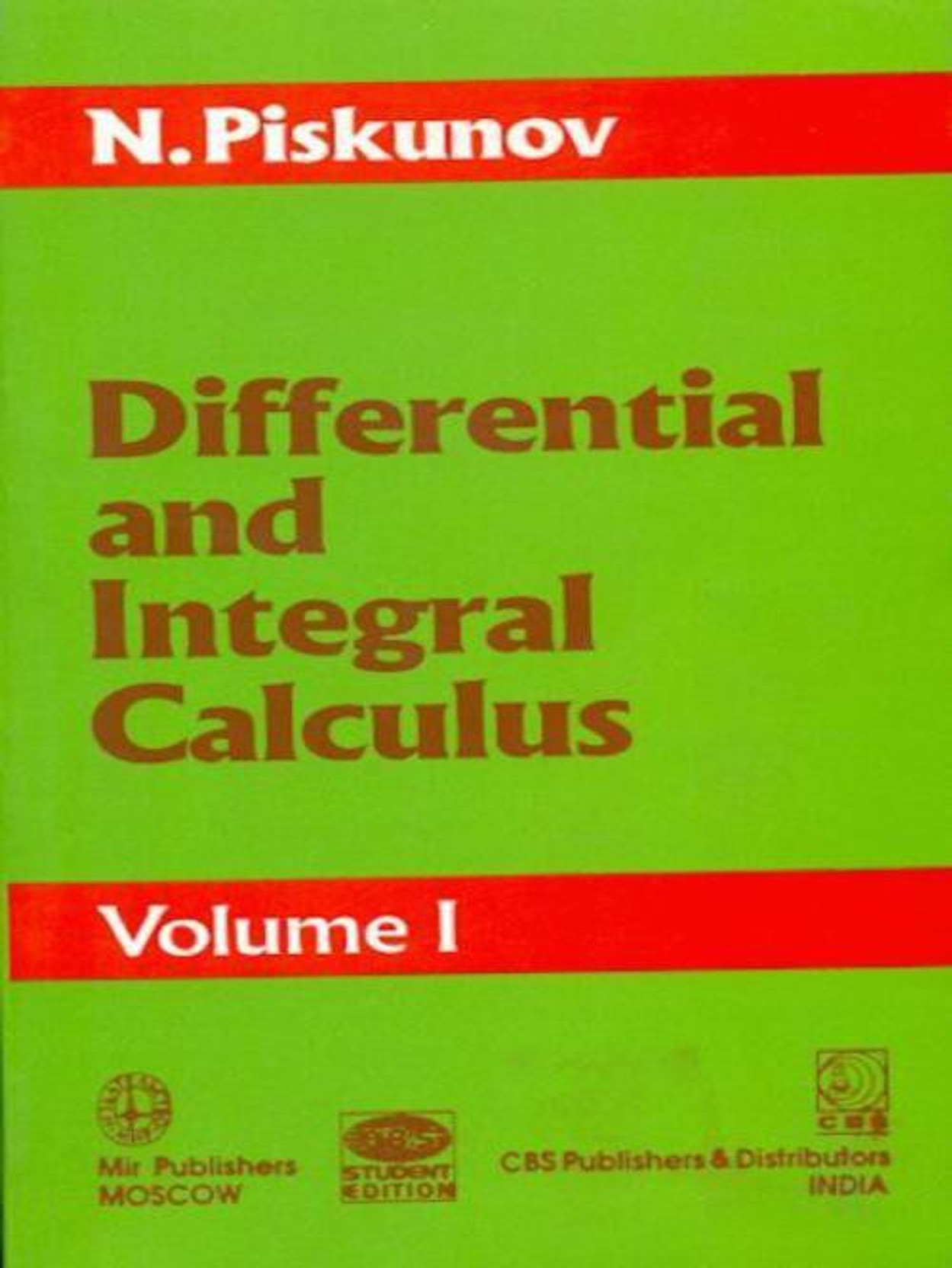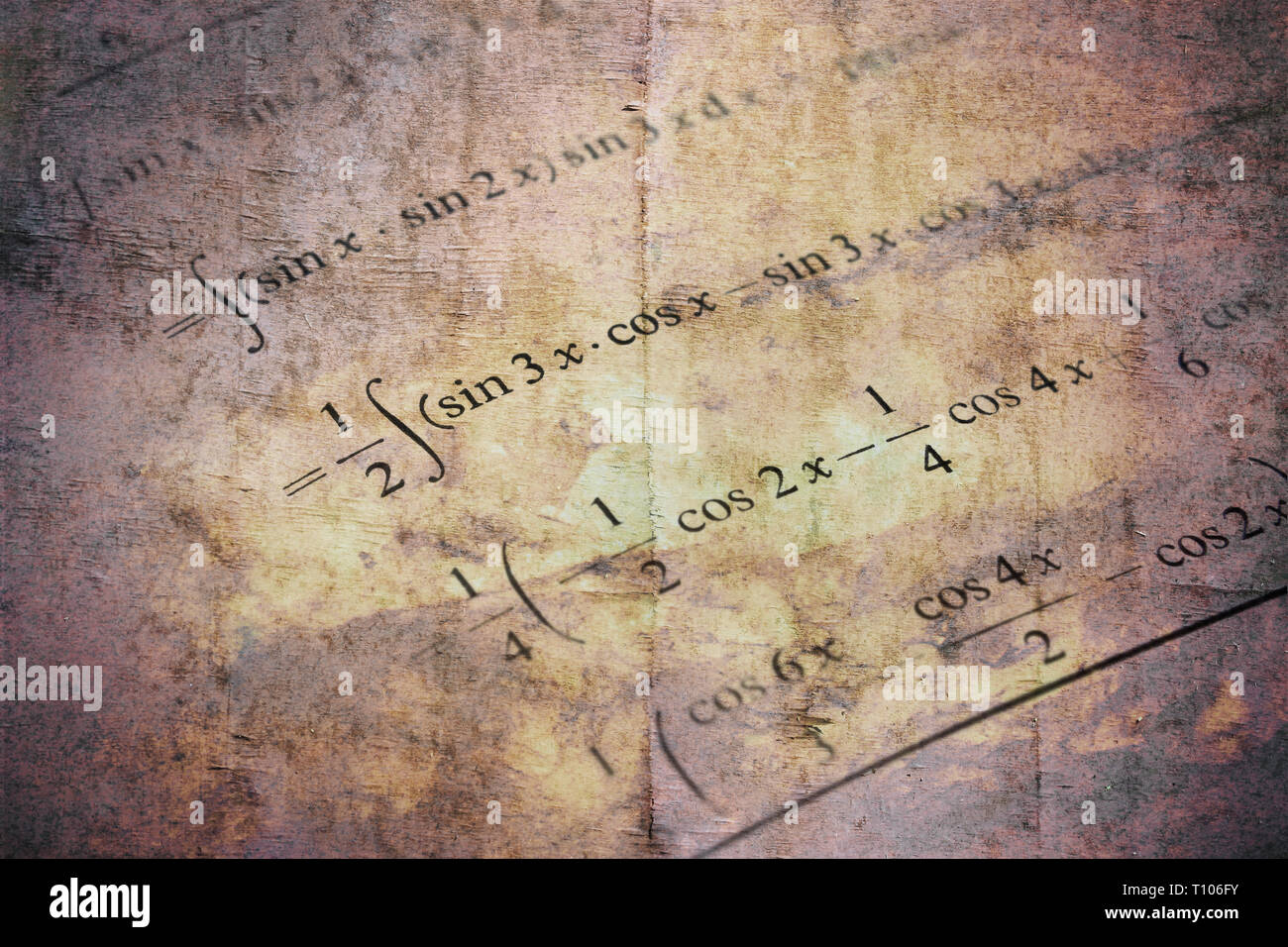

#A textbook of differential calculus code#
I have minimized the number of explicitly stated theorems and def- initions, preferring to deal with concepts in a more conversational way, copiously illustrated by 250 completely worked out examples. This book consists of an introduction to Differential Equations, primarily focusing on Ordinary Differential Equations (ODEs). Differential Calculus Including Multiple Questions (Book Code 824) Related products A Text Book of Algebra (Book Code 300) A Text book of Numerical. All introductory calculus books that I have seen spend most of their chapters on differential calculus talking about derivatives, with at most a short section defining differentials as dy f(x)dx d y f ( x) d x. Fundamentals of Differential Equations (Buy Online) is widely considered to be the best textbook on the subject. I have tried to formulate mathematical concepts succinctly in language that students can understand.

They range in difficulty from routine to very challenging.Īn elementary text should be written in an informal but mathematically accurate way, illustrated by appropriate graphics. This text includes 1695 numbered exercises, many with several parts. I have tried to put myself in the student’s place, and have chosen to err on the side of too much detail rather than not enough.Īn elementary text can’t be better than its exercises. In writing this book I have been guided by the these principles:Īn elementary text should be written so the student can read it with comprehension without too much pain. If your syllabus includes Chapter 10 (Linear Systems of Differential Equations), your students should have some preparation in linear algebra. Can't see how you can work with PDEs if you don't have undergrad familiarity with ODEs as many problems are solved by converting a PDE to an ODE.Elementary Differential Equations with Boundary Value Problems is written for students in science, engineering, and mathematics who have completed calculus through partial differentiation. I'm curious if you have a gap in PDEs also. A Mathematical Analysis for Applied Sciences is. And even has a lot of non rigorous proofs. Buy a cheap copy of Differential Calculus book by Alix Fuentes. This is why you can't teach a young gymnast a double back when they start.Ī good, cheap book for self study is Tenanbaum and Pollard. It is hard to stress how essential it has become. Since then, differential calculus has had countless of other applications, like, for instance, in biodiversity, economics or optimization. The human brain is not a computer, it learns from imitation and repetition. It enabled Newton to develop his famous laws of dynamics in one of the greatest science book of all time, the Philosophiae Naturalis Principia Mathematica. It's actually more efficient and you will learn more and deeper by learning the content first in terms of problem solving manipulation and later in terms of all the fancy stuff. And it's not just about how books are constructed and how people typically learn. Then after that, go grab some fancy book with all the grad school emphasis on proofs and Sobolev spaces and the like.īecause 90%+ of those books assume exposure to diffyQs first (in the way that "real analysis" typically assumes "calculus" exposure first). But one emphasizing manipulation and problem solving and applications. Not one with all the fancy connections to other fields of math that you know.

Work through a standard undergrad text on DiffyQs first.

It is very classical, but it really does cover all the essential theory. It sounds like you have a strong geometry/topology background, so maybe this disqualifies this text for you.įor a more classical treatment of ODEs, in particular the treatment of ODEs as linear operators (Sturm-Liouville theory), I might go for Coddington's Theory of Ordinary Differential Equations. There are some tools missing, in particular from geometry/topology, that could make the presentation a bit cleaner. A major section of the text is devoted to topics on geometrical applications of calculus that includes treatment of topics such as tangents and normals to. Some flaws: The book really only presupposes mastery of analysis. However, I think the emphasis of this text on geometry, and on using some more modern results, makes the book a decent choice. Calculus 1 Unit 1: Limits and continuity Unit 2: Derivatives: definition and basic rules Unit 3: Derivatives: chain rule and other advanced topics Unit 4. I would not call this a standard introduction to ODE - it does not cover some of the absolute basics. The focus of this book is on qualitative behavior - existence of fixed points, limit cycles, blow-up solutions, etc. I occasionally use a book called Differential Equations and Dynamical Systems, by Lawrence Perko. There are way too many approaches to ODEs to have any one book cover them all.


 0 kommentar(er)
0 kommentar(er)
